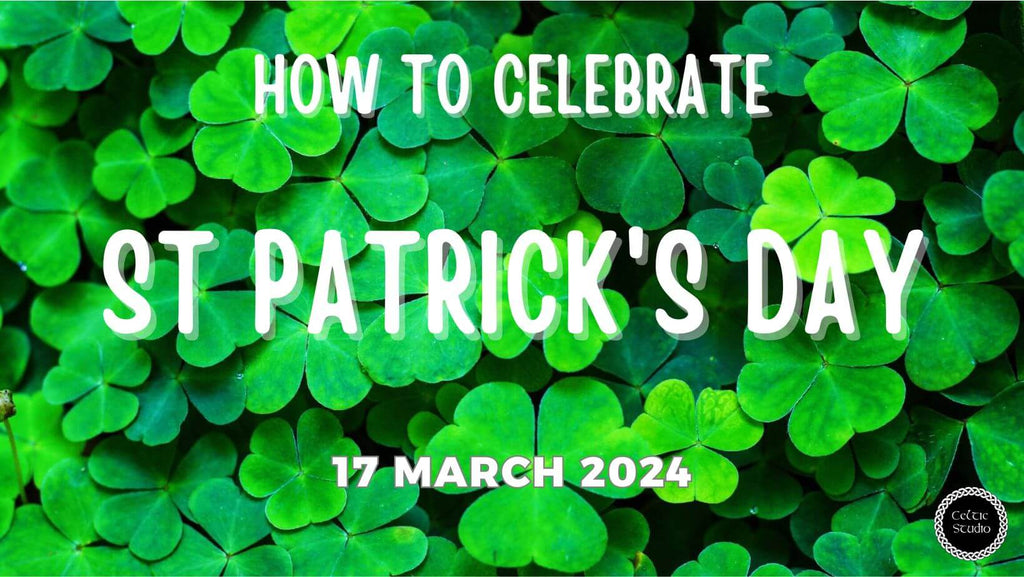
St. Patrick's Day, celebrated annually on March 17th, marks the feast day of St. Patrick, the patron saint of Ireland. What began as a religious holiday in the 17th century has transformed into a global celebration of Irish culture, with festivities including parades, special foods, music, dancing, and a whole lot of green. This day offers a unique blend of cultural reverence and festive merriment, attracting participants from all corners of the world, regardless of their Irish heritage.
In this comprehensive guide, we'll explore a plethora of ways to honor and revel in this day, from the deeply traditional to the modern twists that have become part of the global celebration. Whether you're planning to host a St. Patrick's Day party, looking for family-friendly activities, or interested in the historical and cultural significance of this day, we've got you covered. So, grab your green attire, and let's dive into the myriad ways to celebrate St. Patrick's Day, ensuring your festivities are both meaningful and memorable.
St. Patrick's Day 2025: Mark Your Calendars

When is St. Patrick's Day 2025, you might ask? The answer is Sunday, March 17, 2025. This day provides a perfect weekend opportunity to partake in the festivities, from dawn until dusk.
Parades Around the Globe
The Heartbeat of Chicago

One of the most anticipated events is the Chicago St. Patrick's Day Parade. When is the Chicago St. Patrick's Day Parade 2025, exactly? While specific dates and times are often announced closer to the event, it traditionally takes place on the Saturday nearest to St. Patrick's Day, potentially falling on March 17th in 2025. The city is famous for dyeing its river a brilliant shade of emerald, creating a stunning backdrop for the parade.
Boston's Proud Tradition
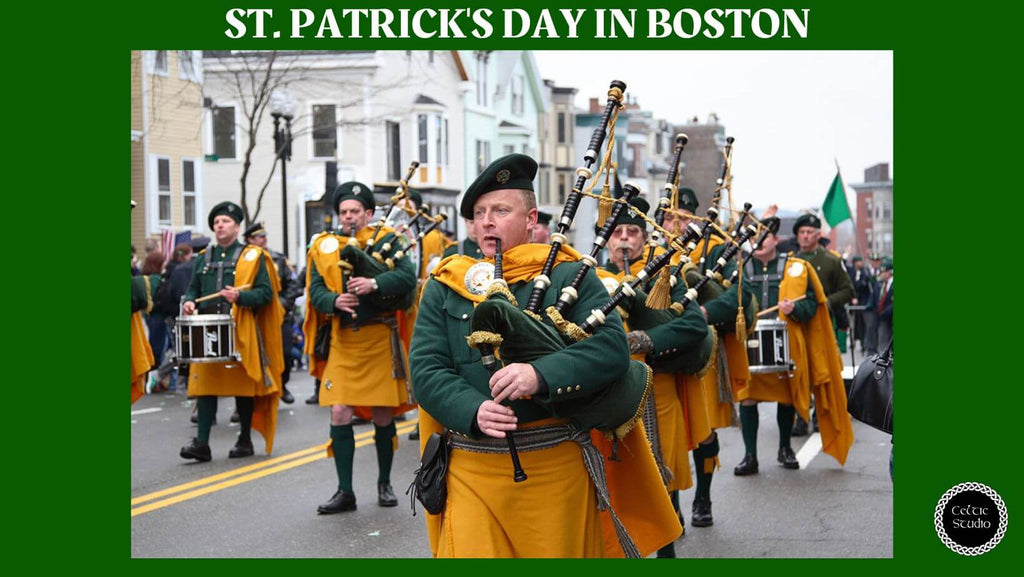
When is the Boston St. Patrick's Day Parade 2025? Boston, with its rich Irish heritage, typically holds its parade on St. Patrick's Day itself, March 17, provided it's on a weekend. Otherwise, it's scheduled for the closest Sunday, making March 17th a likely date for 2025's festivities.
The Charm of Savannah
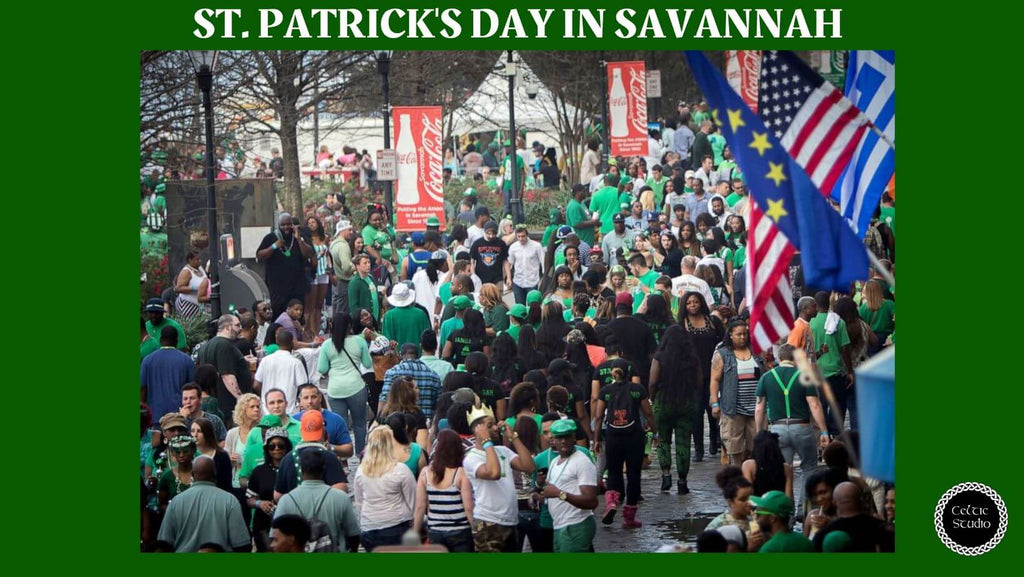
Savannah, known for hosting one of the largest St. Patrick's Day celebrations in the South, also plans its parade close to the day. When is the St. Patrick's Day Parade in Savannah 2025? Traditionally, Savannah follows suit with the actual holiday date if it falls on a weekend, making Sunday, March 17th, a day to look forward to.
Pittsburgh's Green Scene
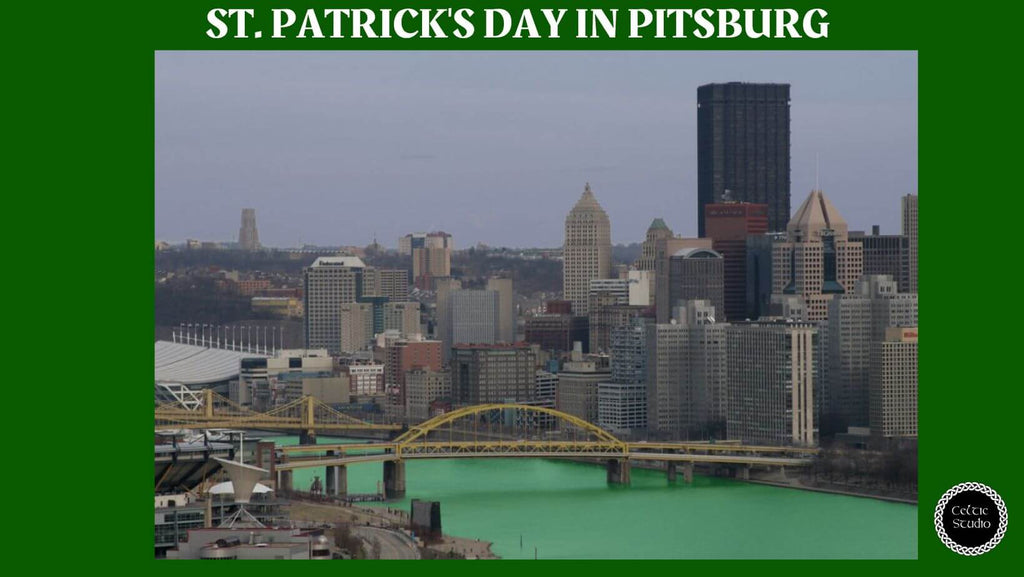
Pittsburgh joins the ranks with its grand parade. When is the St. Patrick's Day Parade in Pittsburgh 2025? The city typically schedules its parade on the Saturday before St. Patrick's Day, aiming for March 16th in 2025, offering a full day of music, dancing, and Irish pride.
Celebrating St. Patrick's Day in 2025
No matter where you find yourself on St. Patrick's Day in 2025, the array of parades and festivities offer countless ways to celebrate. From the iconic Chicago River dyeing to the historic streets of Boston, and from the southern charm of Savannah to the vibrant energy of Pittsburgh, St. Patrick's Day 2025 promises to be a memorable celebration of Irish culture and heritage. So, mark your calendars and start planning your greenest outfits—St. Patrick's Day 2025 is a day you won't want to miss.
"As St. Patrick's Day approaches, remember that the perfect celebration starts with the right preparations. With our curated selection of Ireland Coat of arms, you're not just getting ready for a day of festivities; you're embracing a tradition steeped in history and joy. Let our products be the cornerstone of your St. Patrick's Day celebration, bringing a touch of Irish charm and festivity to every moment. Celebrate with us, and make this St. Patrick's Day a memorable fusion of culture and style."
Historical Background
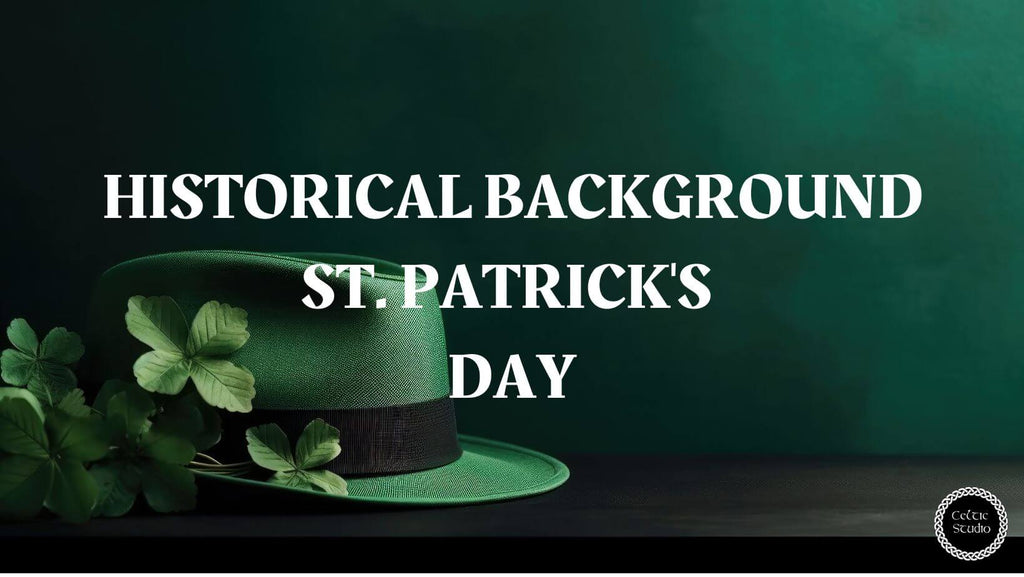
The Origins of St. Patrick's Day
St. Patrick's Day commemorates the life and deeds of St. Patrick, who lived during the fifth century. Born in Roman Britain, St. Patrick was kidnapped and brought to Ireland as a slave at the age of 16. He later escaped but returned to Ireland, where he is credited with bringing Christianity to the people. St. Patrick's missionary work in Ireland, combined with his humble beginnings and the dramatic tales of his life, has cemented his status as one of the most prominent patron saints of Ireland.
The date of March 17th is believed to be the anniversary of St. Patrick's death and has been observed as a religious holiday in Ireland for over a thousand years. Irish families traditionally attended church in the morning and celebrated in the afternoon. Prohibitions against the consumption of meat were lifted, and people would dance, drink, and feast—on the traditional meal of Irish bacon and cabbage.
From Religious Observance to Global Phenomenon
The first recorded St. Patrick's Day parade took place not in Ireland, but in the United States. Irish soldiers serving in the English military marched through New York City on March 17, 1762, marking the beginning of a tradition that would spread and grow in scale over the centuries. Today, major cities across the globe host grand parades, and landmarks are lit up in green, symbolizing the celebration's universal appeal and joyous nature.
As the Irish diaspora spread across the world, so too did the observance of St. Patrick's Day. It evolved from a strictly religious day in Ireland to a secular celebration of Irish heritage and culture internationally. This transformation has led to a variety of new traditions, from the wearing of green attire and accessories to the dyeing of rivers and fountains in vibrant shades of green.
Traditional Celebrations

Embracing the Irish Heritage
St. Patrick's Day in Ireland remains a time-honored celebration steeped in tradition. From the early morning, streets begin to fill with people clad in various shades of green, a color now synonymous with the holiday due to its association with spring, shamrocks, and the Emerald Isle itself. The shamrock, a type of clover, holds particular significance as St. Patrick is said to have used it to explain the Holy Trinity.
Parades and Public Festivities
The largest of the parades in Ireland takes place in Dublin, drawing crowds from around the country and the world. These parades feature elaborate floats, traditional Irish dancers, and marching bands, creating a spectacle of cultural pride and joy. Other towns and villages across Ireland hold their own parades and festivals, each with local flair and traditions.
The Culinary Traditions
While corned beef and cabbage are commonly associated with St. Patrick's Day in the United States, the traditional Irish meal for the holiday is more likely to be lamb or bacon, served with potatoes and, of course, cabbage. Soda bread, a staple of Irish cuisine, also features prominently in the day's meals. To accompany the feast, a pint of Guinness or a shot of Irish whiskey is often enjoyed, paying homage to Ireland's rich history of brewing and distilling.
Modern Celebrations Around the World
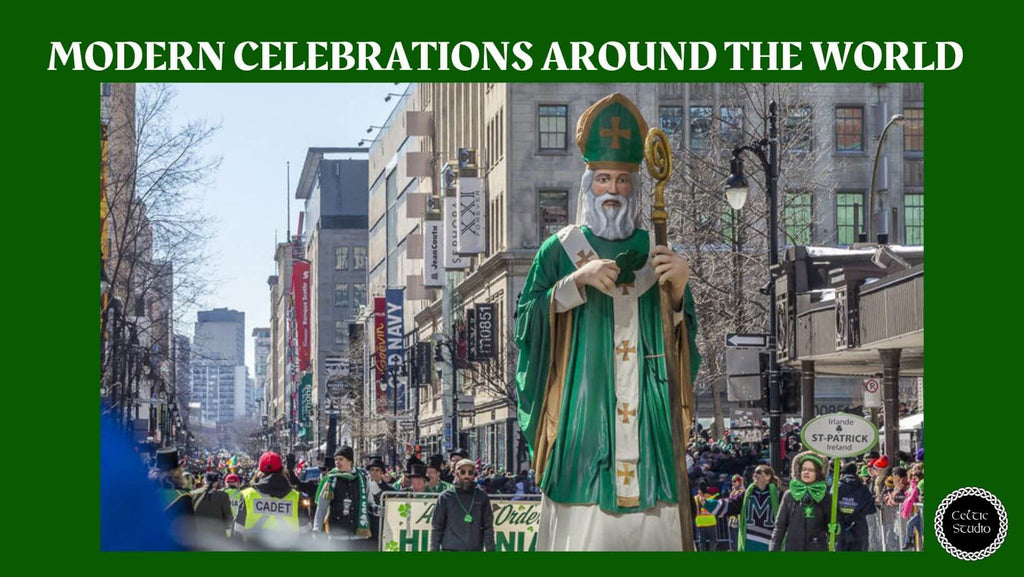
The Global Spread of St. Patrick's Day
Celebrating St. Patrick's Day has become a global phenomenon, transcending borders and cultures, with vibrant festivities lighting up cities from Dublin to Tokyo. In the heart of Europe, England showcases its unique blend of tradition and camaraderie, as the British Royals continue the century-old practice of presenting shamrocks to the Irish Guards. This noble gesture, initiated by Queen Alexandra in 1901, has seen various members of the royal family, including the Duchess of Cambridge and King George VI, partake in this cherished ritual, symbolizing the enduring bonds between Britain and Ireland.
Across the British Isles, cities like Birmingham and London host grand parades that rank among the world's largest, drawing crowds eager to partake in the merriment. Birmingham's parade is renowned for its scale, claiming to be the third largest globally, while London's Trafalgar Square becomes a focal point of celebration, with its fountains famously dyed green in 2008. Liverpool, with its significant Irish ancestry, and Manchester, with its two-week Irish festival, highlight the deep-rooted Irish influence in England, showcasing a blend of music, cultural events, and parades that honor the Irish heritage.
Beyond the UK, countries like Malta, Norway, and Russia embrace St. Patrick's Day with their unique traditions, from Malta's lively celebrations in Spinola Bay to Oslo's parade, showcasing the Irish spirit in the Nordic region. Russia's festival in Moscow, a blend of military precision and carnival-like jubilation, highlights the global reach of Irish culture, even seeing recognition from the Russian Orthodox Church.
United States: A Melting Pot of Celebrations
In the Americas, Canada's Montreal boasts one of the oldest and grandest parades in North America, a testament to the city's rich Irish heritage. The tradition of celebrating St. Patrick's Day in Montreal dates back to 1759, showcasing the deep historical ties and vibrant Irish community in the city. The United States, with its widespread Irish influence, celebrates with unparalleled enthusiasm, from the iconic green-dyed Chicago River to the longstanding parades that sweep across the country, a testament to the indelible mark of Irish culture in the American tapestry.
As St. Patrick's Day unfurls its green banner across the globe, it's not just a day for the Irish or those of Irish descent; it's a worldwide celebration of heritage, culture, and the universal joy of being part of a global community. Whether through the simple act of wearing a sprig of shamrock or by participating in grand parades, St. Patrick's Day remains a day to celebrate unity, culture, and the enduring spirit of the Emerald Isle.
Family-friendly Activities
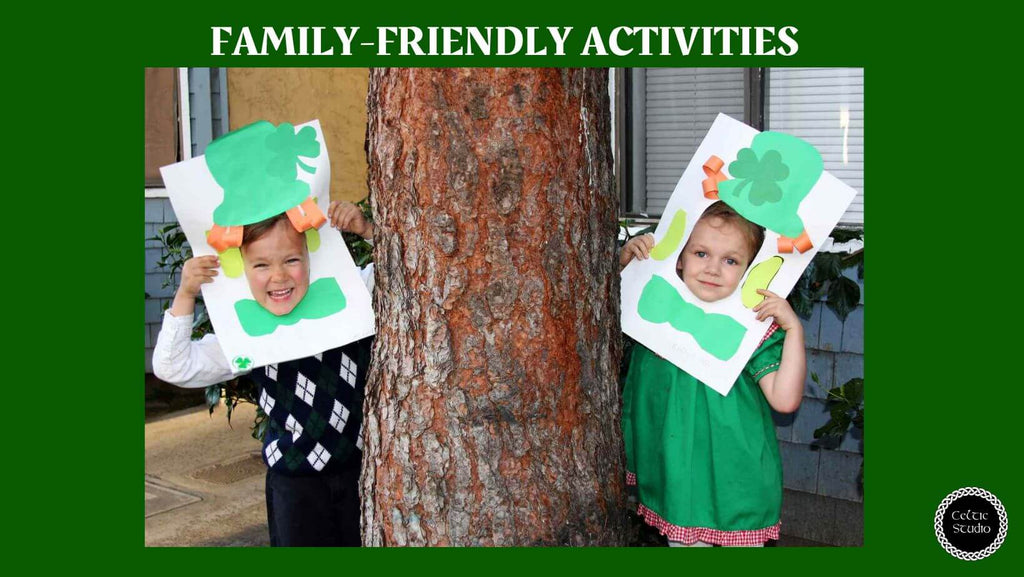
Engaging the Young Ones
St. Patrick's Day offers a wonderful opportunity for families to engage in fun and educational activities together. Crafting is a great way to start, with projects like making shamrock prints using green paint and bell peppers or constructing leprechaun traps out of recycled materials. These activities not only spark creativity but also introduce children to the symbols and stories associated with the holiday.
Baking and Cooking Together
Baking themed treats can be both enjoyable and educational. Families can bake shamrock-shaped cookies, decorate cupcakes with green icing, or even prepare simple Irish dishes together. This is a perfect time to pass down traditional family recipes or explore new ones, teaching children about the importance of cultural heritage and the joys of cooking.
Storytelling and Movie Nights
Reading books about St. Patrick's Day, Irish folklore, or simply stories set in Ireland can be a wonderful family activity. For a more relaxed evening, watching movies or cartoons that feature Irish culture or St. Patrick's Day themes can be both entertaining and educational, sparking conversations about history and traditions.
Outdoor Adventures
If the weather permits, a nature walk to look for shamrocks or a community parade can be delightful. Many communities host family-friendly events, offering a chance to enjoy the festivities in a more laid-back setting. Participating in a local St. Patrick's Day run or walk can also be a fun way to celebrate while staying active.
Hosting a St. Patrick's Day Party
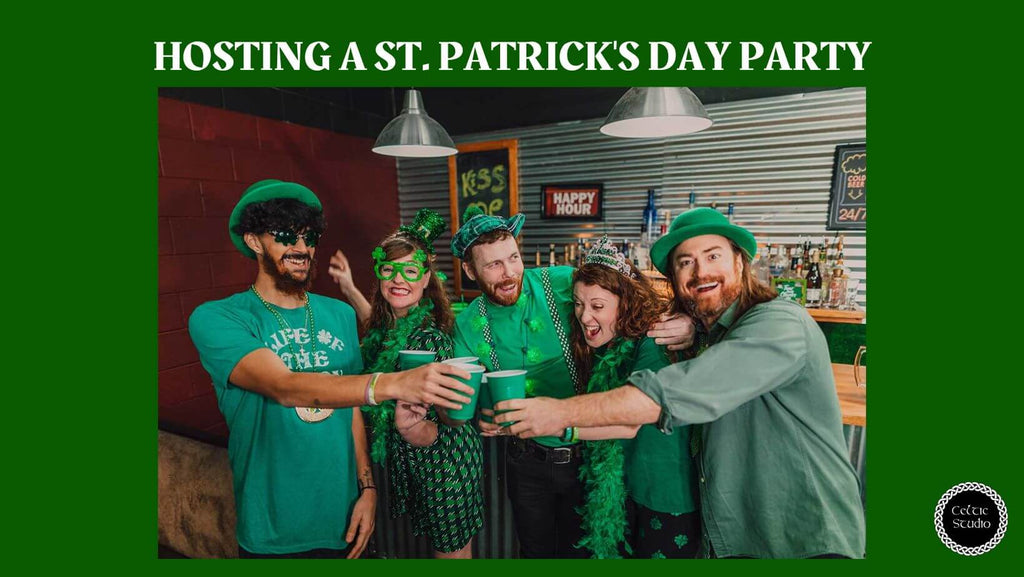
Setting the Scene
A successful St. Patrick's Day party starts with the right atmosphere. Decorating your space with green balloons, streamers, and shamrocks can create a festive environment. Don't forget to encourage your guests to wear green to get into the spirit of the holiday.
Traditional and Themed Foods
The menu is central to any St. Patrick's Day celebration. Alongside traditional Irish dishes like shepherd's pie, Irish stew, and soda bread, consider adding some green-themed foods and drinks for fun. Green-dyed beer, mint-flavored desserts, and dishes that incorporate spinach or pesto can add a playful twist to your table.
Entertainment and Activities
No party is complete without entertainment. Traditional Irish music can set the mood, and if you're feeling ambitious, hiring a local Irish band or dancer to perform can be a highlight. Organizing games like a "pot of gold" scavenger hunt or a best-dressed contest can keep guests engaged and entertained.
A Touch of Irish Hospitality
To truly capture the spirit of St. Patrick's Day, incorporate elements of Irish hospitality into your party. This can mean creating a warm, welcoming atmosphere where everyone feels like part of the community. Sharing stories, enjoying good food and drink, and simply spending time together can make your St. Patrick's Day party memorable for all the right reasons.
Food and Drink
Serving traditional Irish food is a must for any St. Patrick's Day party. Dishes like corned beef and cabbage, colcannon (mashed potatoes with kale or cabbage), and soda bread can offer guests a taste of Ireland. For beverages, consider offering a selection of Irish beers, whiskies, and non-alcoholic options like green punch or shamrock shakes for the younger guests.
Cultural and Educational Aspects

Delving into Irish Culture
St. Patrick's Day is more than just a day of celebration; it's an opportunity to immerse oneself in the rich tapestry of Irish culture. Engaging with Irish literature, music, and art can provide deeper insights into the country's history and traditions. Reading works by famous Irish authors like James Joyce, W.B. Yeats, and Seamus Heaney can offer a glimpse into the soul of Ireland.
Learning Through Music and Dance
Irish music and dance are integral parts of the country's cultural heritage. Attending a live performance of traditional Irish music or a dance show can be a mesmerizing experience. For those interested in hands-on learning, taking part in a dance workshop or learning to play an Irish instrument like the tin whistle or bodhrán can be incredibly rewarding.
Educational Resources and Programs
Many cultural institutions and community centers offer educational programs around St. Patrick's Day. Participating in a workshop on Irish history, attending a lecture on the impact of the Irish diaspora, or visiting an exhibition on Celtic art can enhance understanding and appreciation of Irish culture. Libraries and schools often host special events and displays, making it easy to find resources and activities.
Community and Charity Events
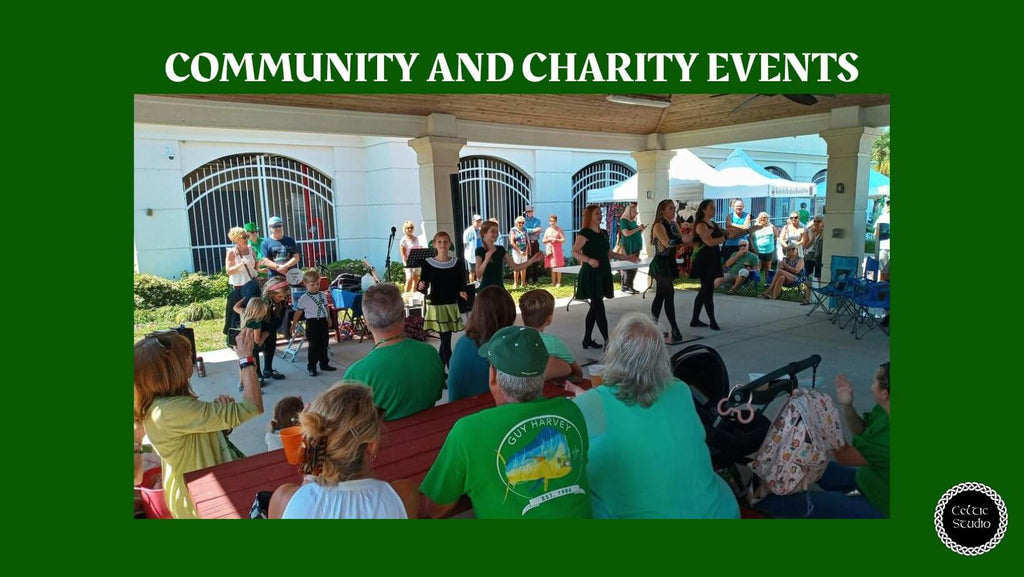
Giving Back on St. Patrick's Day
St. Patrick's Day provides a unique opportunity to celebrate while giving back to the community. Many cities host charity runs or walks, with participants donning green attire and raising funds for various causes. These events not only foster community spirit but also emphasize the importance of solidarity and support.
Cultural Festivals and Parades
Beyond the parades known for their festive atmosphere, many St. Patrick's Day parades also focus on cultural education and community engagement. Participating in or attending these events can be a way to connect with local Irish communities and learn about the contributions of Irish immigrants to local history.
Volunteering and Community Service
Organizations and charities often organize special events or service projects for St. Patrick's Day. Volunteering for these initiatives can be a meaningful way to celebrate the day, whether by helping out at a local food bank, participating in a community clean-up, or supporting a cultural event. It's a chance to embody the communal and generous spirit associated with Irish culture.
Digital Celebrations
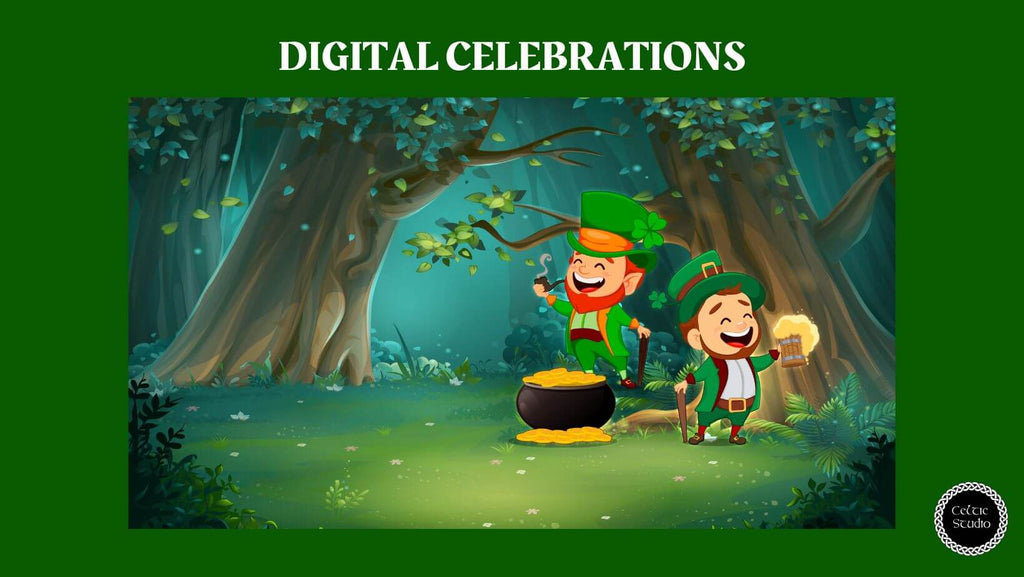
Virtual Gatherings
In today’s connected world, celebrating St. Patrick's Day can transcend physical boundaries. Virtual gatherings allow friends and families to come together, regardless of their location. Platforms like Zoom or Skype can be used to host virtual parties, where participants can share stories, enjoy music, and even partake in online games, all themed around St. Patrick's Day.
Online Concerts and Events
Many artists and cultural organizations host online concerts or performances on St. Patrick's Day. These events can range from traditional Irish music and dance to readings of Irish literature. Participating in these digital celebrations can provide a sense of community and belonging, even from afar.
Learning and Exploring Online
The internet offers a wealth of resources for those looking to deepen their understanding of Irish culture and St. Patrick's Day traditions. Virtual tours of Ireland, online courses on Celtic history, and webinars on various related topics are readily available. These resources can provide a more comprehensive and nuanced appreciation of the holiday.
Conclusion
St. Patrick's Day is a celebration rich in history and brimming with joyous traditions, both old and new. From its origins as a religious feast day for the patron saint of Ireland, it has evolved into a global celebration of Irish culture and heritage. Whether through traditional parades and culinary delights, family-friendly activities and educational opportunities, or modern and digital festivities, there are countless ways to partake in the spirit of the day.
As we've explored, the essence of St. Patrick's Day lies not only in the wearing of green or the enjoyment of a pint but in the communal spirit of togetherness, the appreciation of Irish culture, and the global bonds that this holiday fosters. So, this St. Patrick's Day, whether you're celebrating in the heart of Dublin, from the comfort of your own home, or anywhere in between, remember to embrace the joy, share the culture, and perhaps most importantly, spread the kindness and camaraderie that this day represents.
In closing, we invite you to don your greenest attire, engage with the traditions and innovations that mark this day, and join in the global chorus of those celebrating St. Patrick's Day. Sláinte!
FAQ: St. Patrick's Day Insights
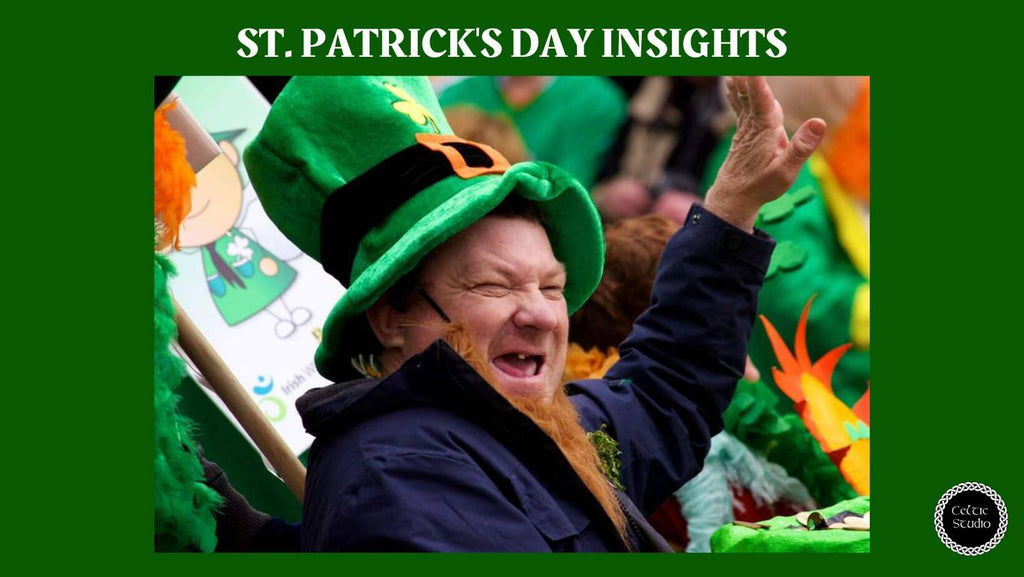
Who was the real St. Patrick and where was he born?
St. Patrick, the revered patron saint of Ireland, was actually born in Britain near the end of the 4th century. His life took a dramatic turn at 16 when he was kidnapped by Irish raiders and sold into slavery in Northern Ireland. After six years, he escaped, later returning to Ireland as a Christian missionary.
Did St. Patrick really banish snakes from Ireland?
Contrary to popular legend, St. Patrick did not banish snakes from Ireland, mainly because the region never had any snakes to begin with. Ireland's fossil records show no evidence of snakes, and the island's geographical isolation since the last glacial period has kept it serpent-free.
What are leprechauns and how are they related to St. Patrick's Day?
Leprechauns, often depicted as cranky, red-haired, and green-clothed, are linked to St. Patrick's Day due to their roots in Celtic folklore as "lobaircin," or small-bodied fellows. These mythical creatures, akin to fairies, were believed to possess magical powers and were known for their shoemaking skills among the fairy community.
Why is the shamrock associated with St. Patrick's Day?
The shamrock, a three-leaf clover, was considered sacred by the Celts and symbolized the arrival of spring. St. Patrick is said to have used the shamrock to explain the Holy Trinity to the Irish, cementing its association with him and, by extension, the holiday that celebrates Irish culture and heritage.
Where was the first St. Patrick's Day parade held?
The first recorded St. Patrick's Day parade took place not in Ireland but in a Spanish colony in what is now St. Augustine, Florida, on March 17, 1601. This event was organized by the colony's Irish vicar, Ricardo Artur, predating even the founding of the United States.
How were the Irish initially received in America?
The Irish faced significant challenges upon arriving in the United States, particularly during the massive influx following the devastating potato blight of 1845. Viewed as diseased, unskilled, and a burden on welfare systems, Irish immigrants struggled against prejudice and discrimination in their new homeland.
Is corned beef and cabbage a traditional Irish dish?
Corned beef and cabbage, a staple of St. Patrick's Day in America, is actually an American innovation. Irish immigrants adapted the dish from their traditional ham and cabbage, using corned beef as a more affordable option. This adaptation became a symbol of Irish-American culture, especially in the bustling neighborhoods of lower Manhattan.

